[Note: I don't consider myself an expert, just someone who loves growing edible plants and enjoys sharing what I have learned with others, as so many others have done for me.]
Especially suited to urban environments where large amounts of growing space are less available, Square Foot Gardening (SFG) employs a uniquely simple system that divides your growing space into square foot areas. This method of plant spacing in the Square Foot Garden allows you to grow herbs, fruits, and vegetables in varying densities depending on the size of the plant, allowing you to maximize your harvests in whatever growing space you have.
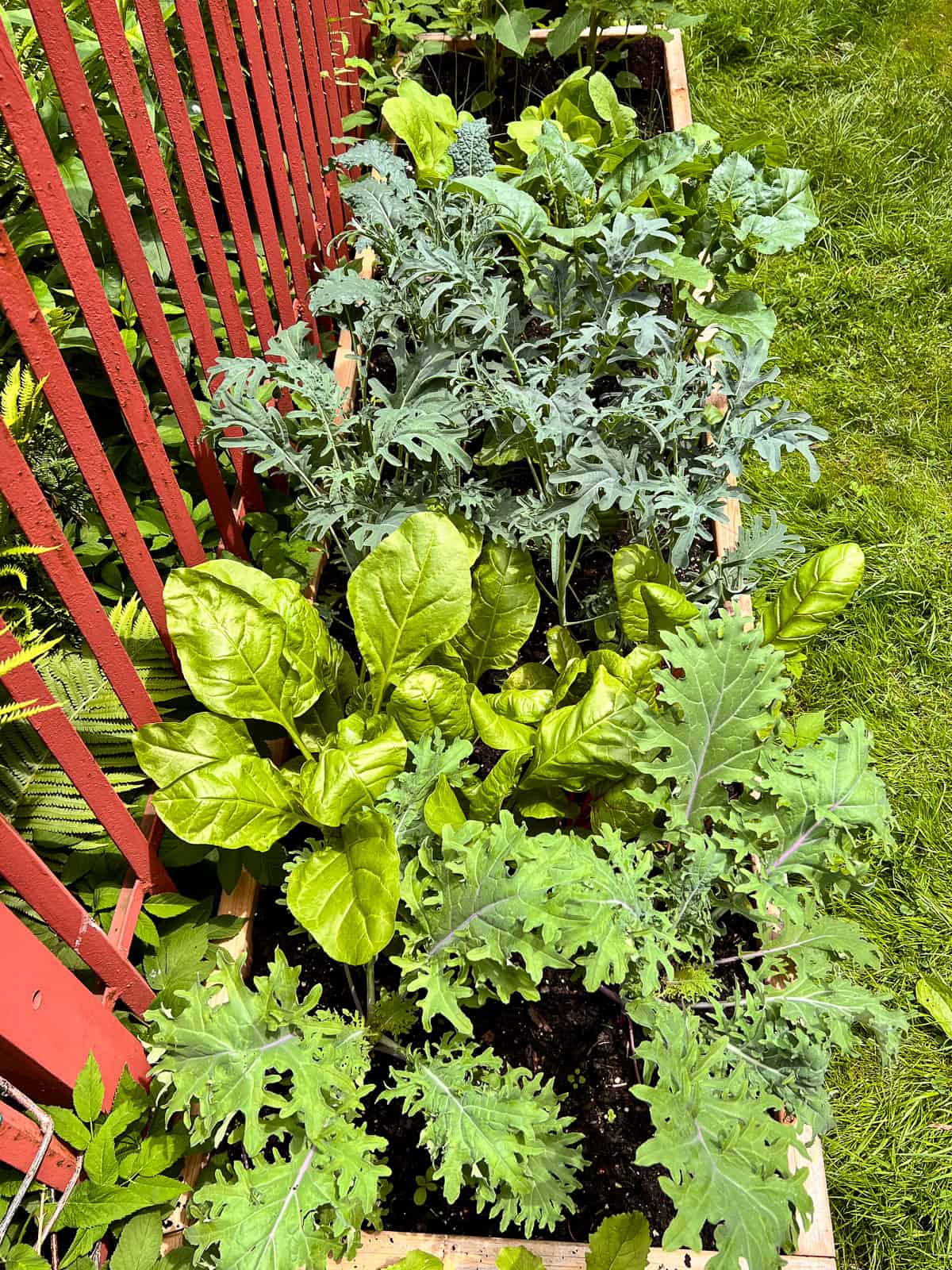
A raised bed Square Foot Garden positively bursting with edible plants ready to be harvested. When the plants are this mature, it can be hard to perceive the spacing used when planting, which is more visible at the outset when the plants are younger.
Jump to:
A new idea for space saving gardening
Even if you haven’t ever grown your own vegetables before, it’s more than likely that you have seen vegetable crops growing in a field. This familiar sight, of crops growing in traditional long rows, features spacing between each row to allow for access by foot or machine. Square Foot Gardening turns this idea on its head.
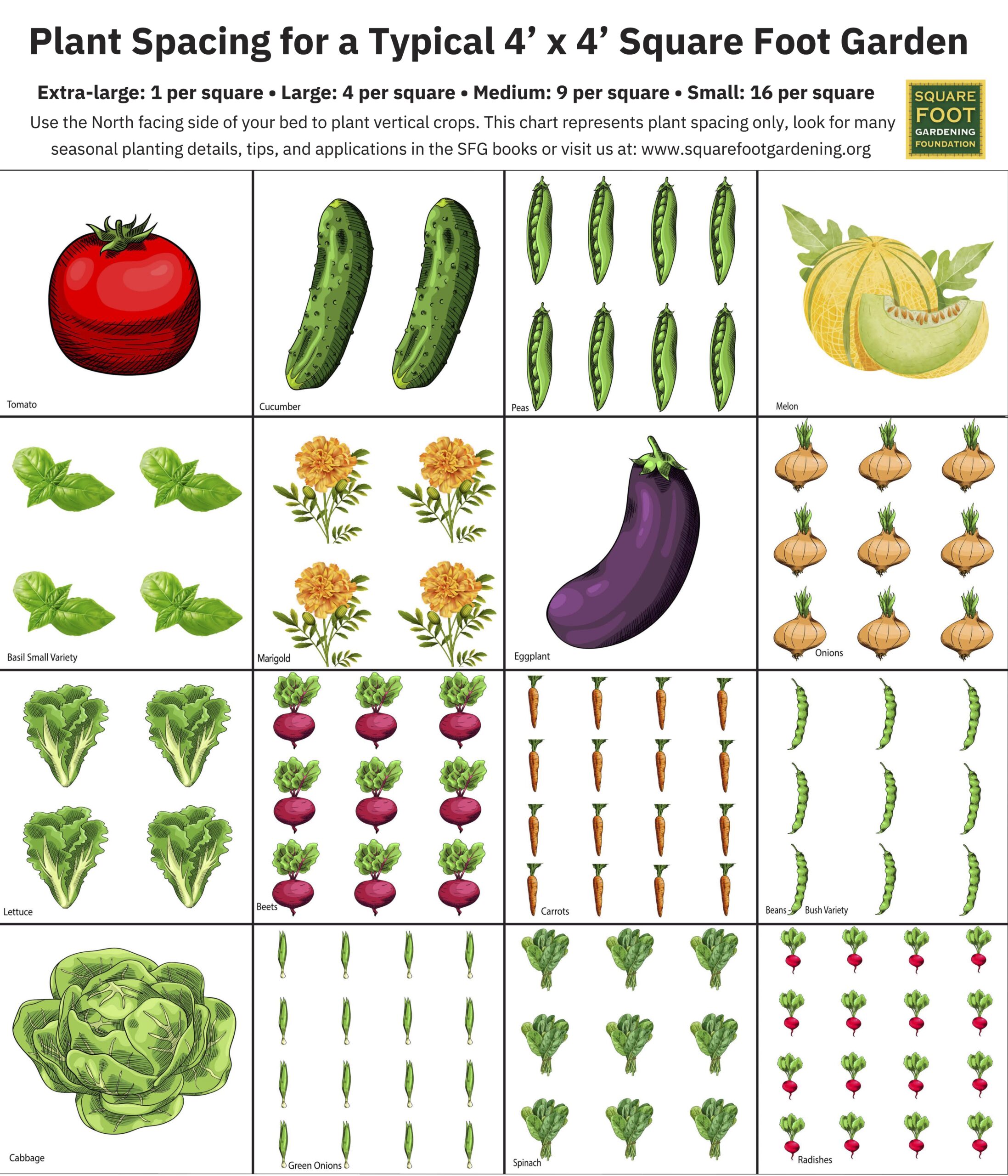
An example of how to think about and visualize plant spacing in a Square Foot Garden. Each square represents a square foot sized plot in a garden, and the number of plants within that square is the recommended number of plantings for that size of plant. Credit: Square Foot Gardening Foundation.
The importance of the square foot
By growing crops in closer proximity together, and removing the unused access space altogether, Square Foot Gardening drastically reduces the amount of resources needed for growing while increasing productivity at the same time. Unlike traditional gardening methods, you don’t step into or onto your gardening area when gardening; you plant, maintain, and harvest from the sides of your garden.
The key to success in a Square Foot Garden is to divide your planting area into square foot plots, and to plant your seeds and seedlings with the correct spacing within each square foot section. Along with detailed descriptions about spacing in the Square Foot Gardening book, there are many visual charts available online that detail how to space your plants.
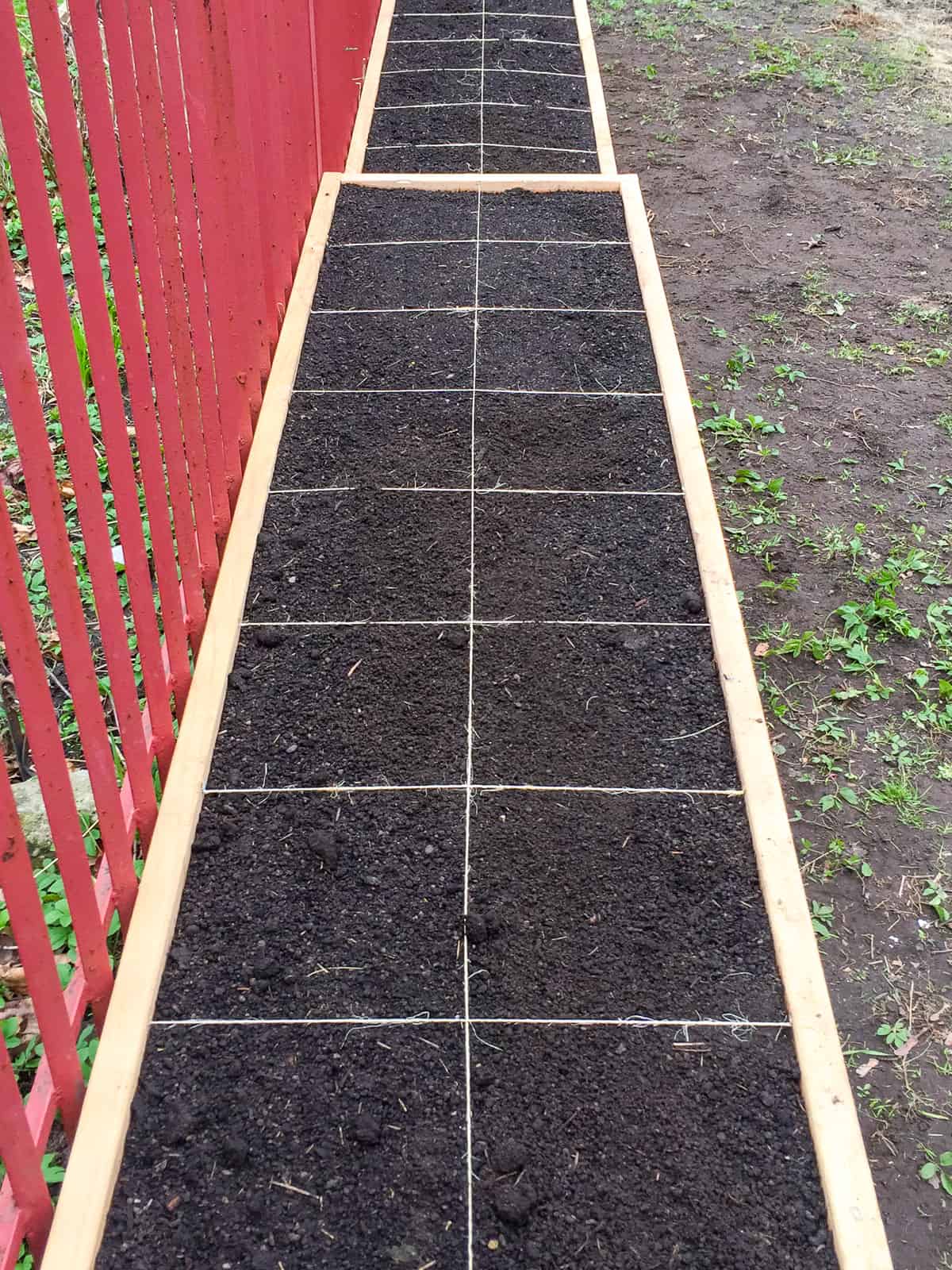
The key to successful square foot gardening is to make sure you garden is divided into square foot segments. These segments are crucial to determining how many plants are placed per square foot, depending on what you are growing. Initially I used to use twine to mark out my beds, stapling the twin to the side of the beds.
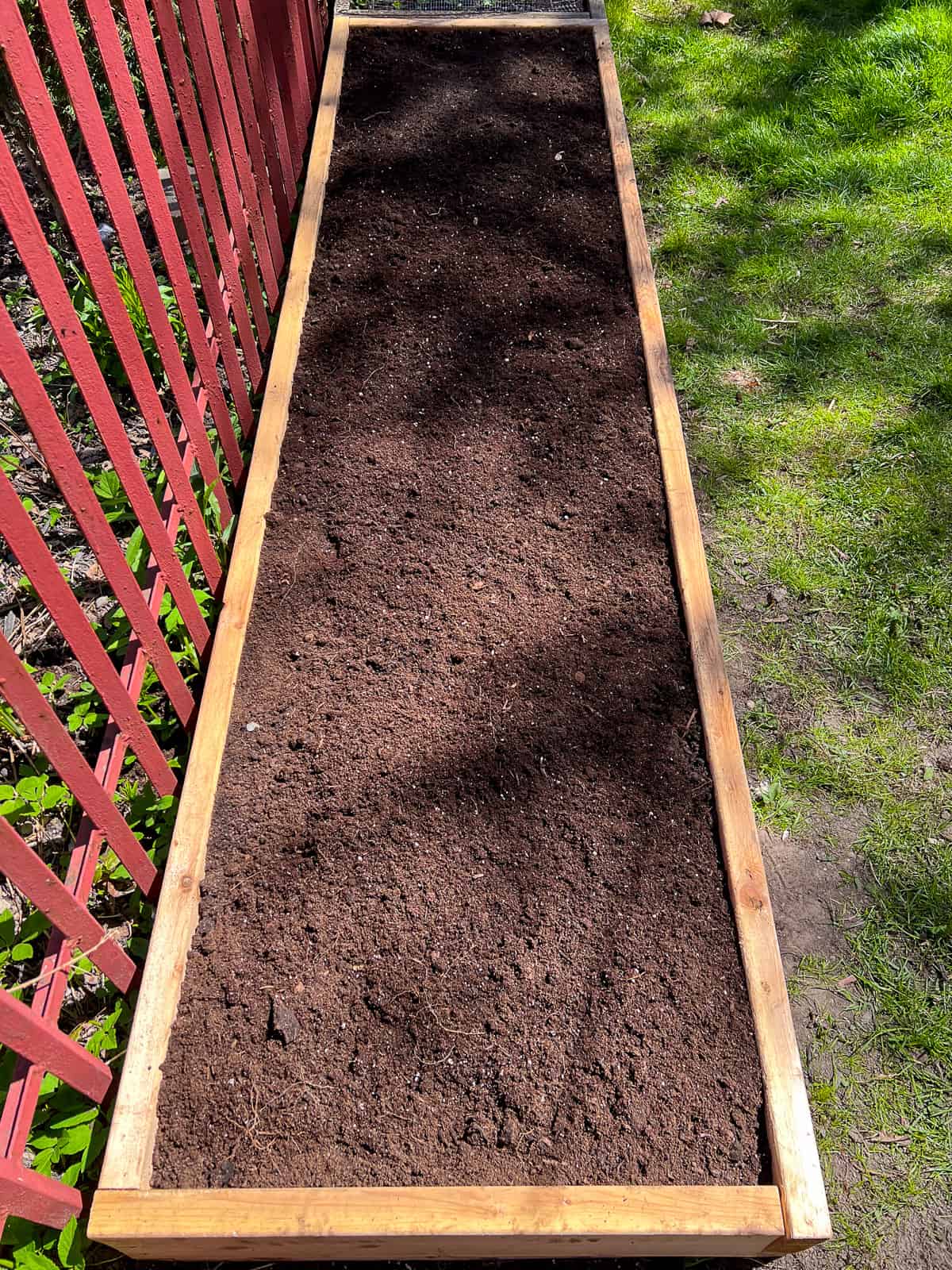
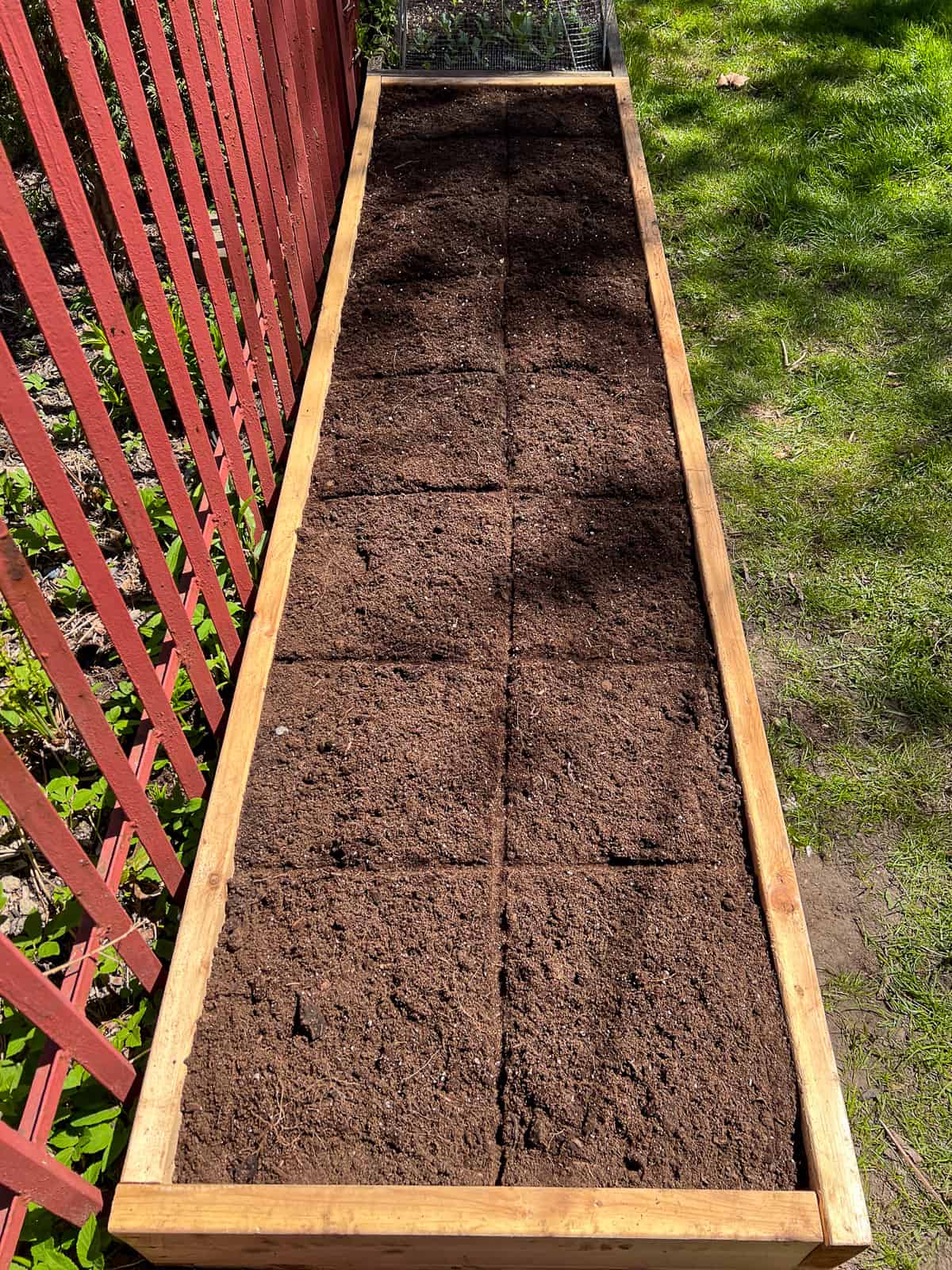

Now that I am so familiar with the Square Foot Garden method, I just use a stick to press out the spacing into the soil before planting my seeds or seedlings.
Plant spacing, the essence of Square Foot Gardening
Over time, as you become more familiar with the SFG method, the calculations of how the square foot is broken down into a grid for planting become clear; the larger the plant, the less can be planted per square. A broccoli plant may need one square on its own, whereas smaller radishes can be planted 16 to a square. Some seeds can be scattered over an entire square, such as baby lettuce mixes or arugula, and some unruly plants may need two squares to call their own, such as zucchini.
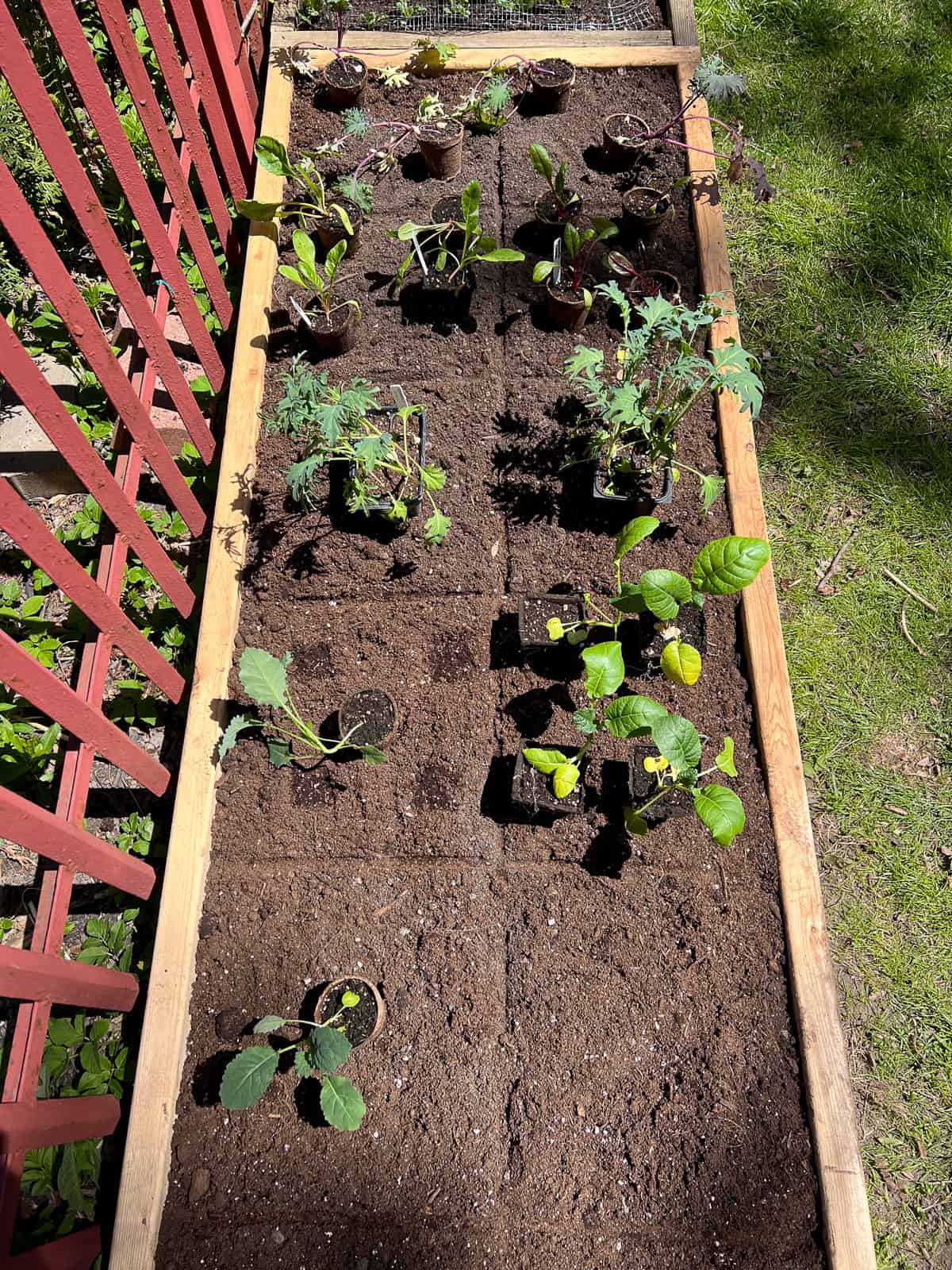
Before planting, it's a great idea to spread your seedlings out according to the spacing guidelines, so you can visualize where your plants are going.
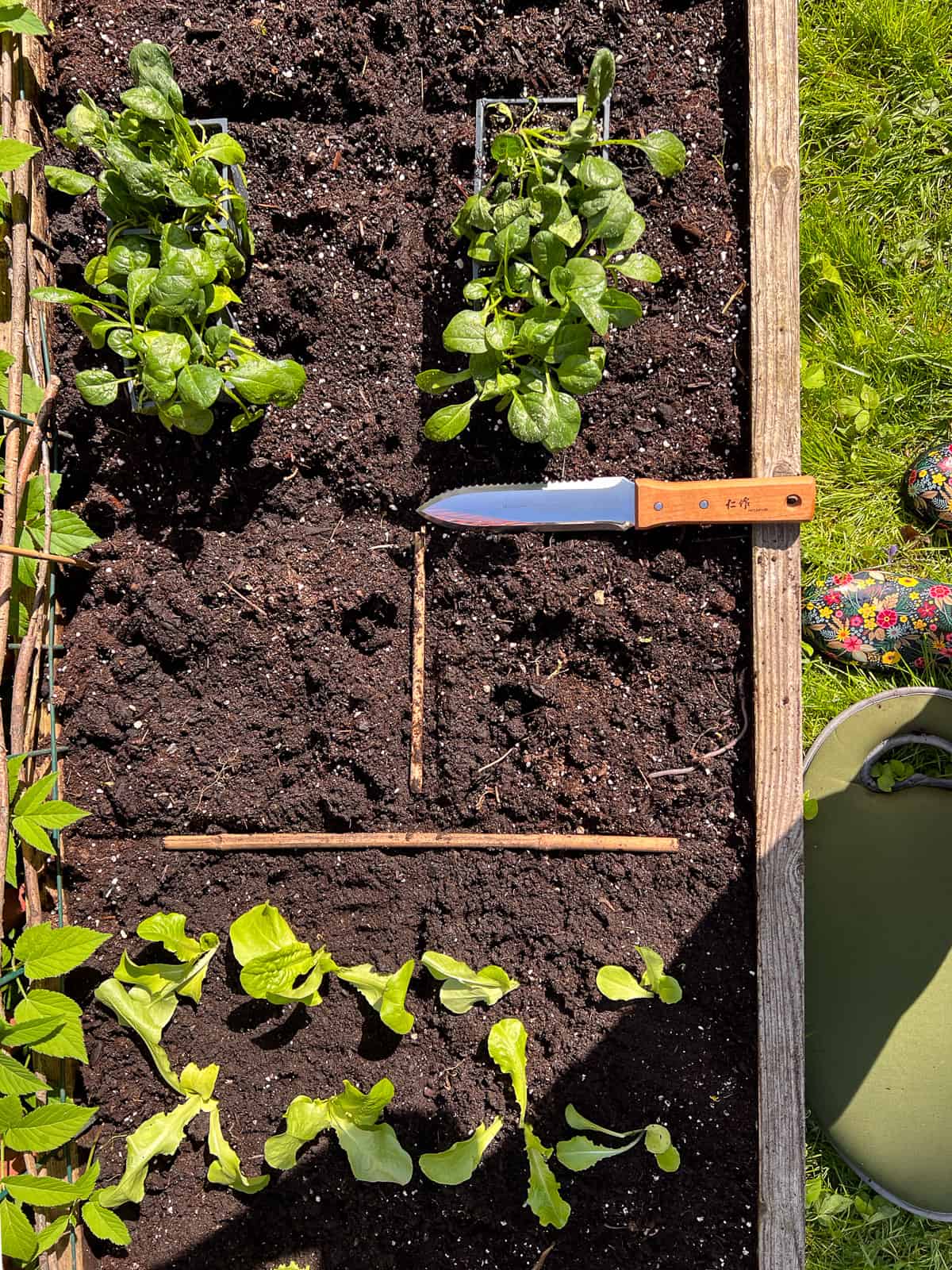
When planting, I make sure to keep some handy bamboo sticks at the ready to reassert the grid as needed.
While these spacing calculations are presented as rules, I see them more as guidelines, so don’t worry too much about the spacing if you don’t get it exactly right sometimes. Except for truly huge plants, where there literally will not be enough room if you plant too many, or cramming in a huge amount of small plants into a tiny space where growth may be impeded, you can give yourself leeway to stick to the guidelines and see what works for you when you experiment.
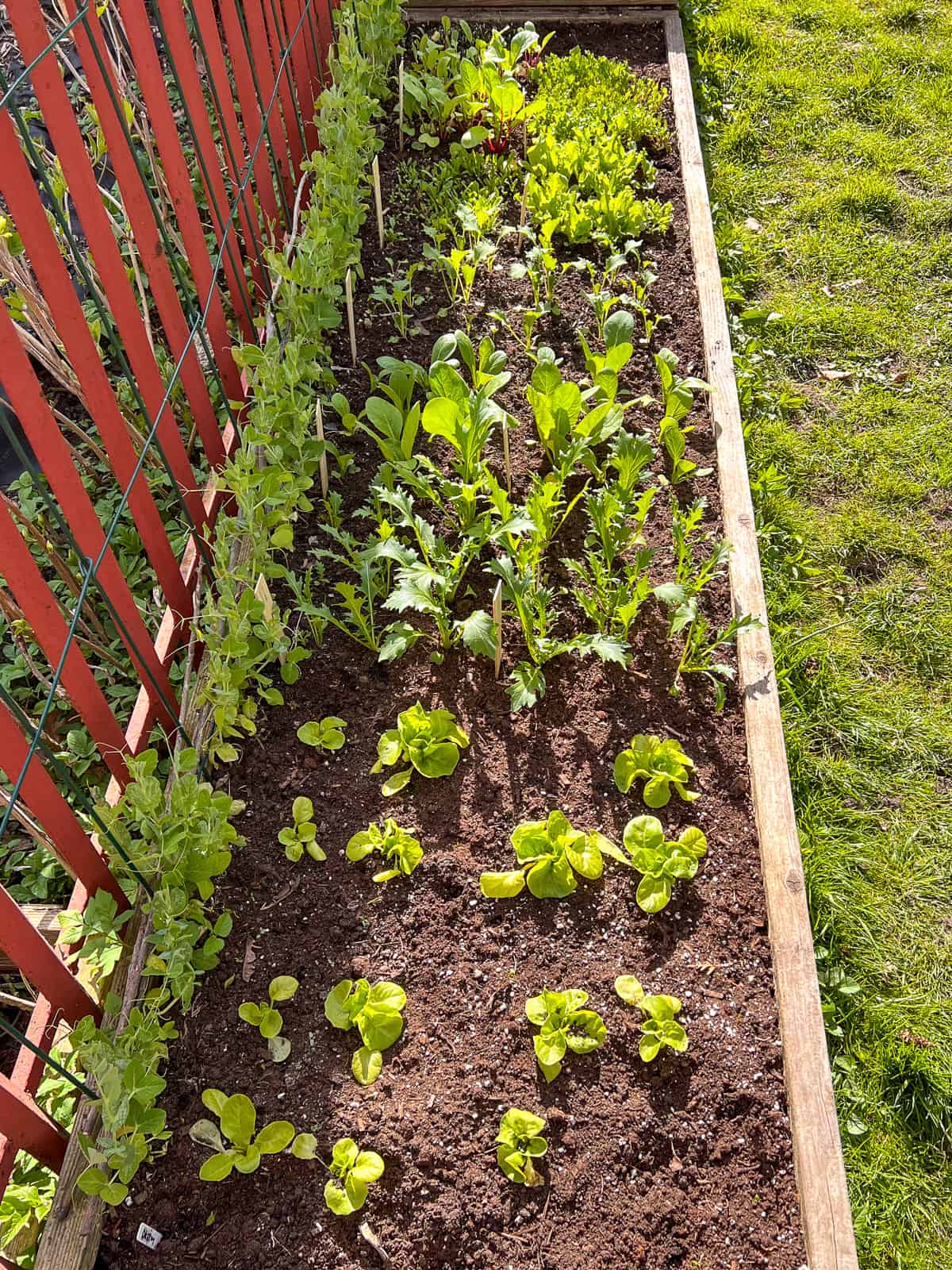
Especially when plants are seedlings are young, you can see the spacing clearly even if the grid is not visible.
If you need a little help with visualizing the plant spacing, a planting aid may be very useful in your garden as it is in mine. While you can buy plastic square foot planting squares, I created my own DIY square foot plant spacing aids out of recycled cardboard or plastic. While equally subdividing a square foot into 1, 2, or 4 is easy enough at the outset, it can get a little daunting when marking out 9 or 16 spots in such a small area! And truth be told, I do really like to space my plants as evenly and tidily as possible when planting!
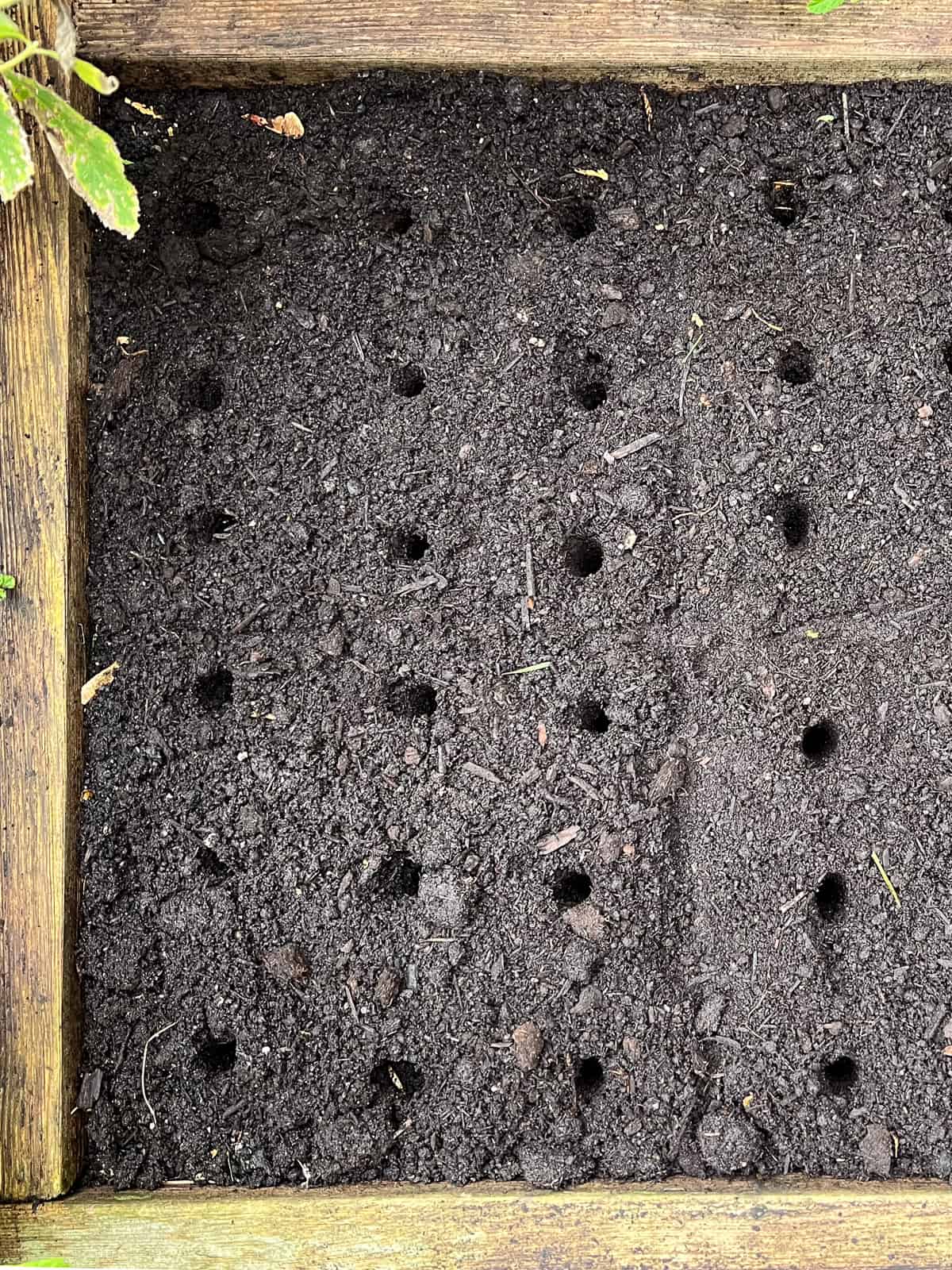
For garlic plantings, I tried 9 plantings to a square and used a small stick to mark the holes where each clove was going to be buried.
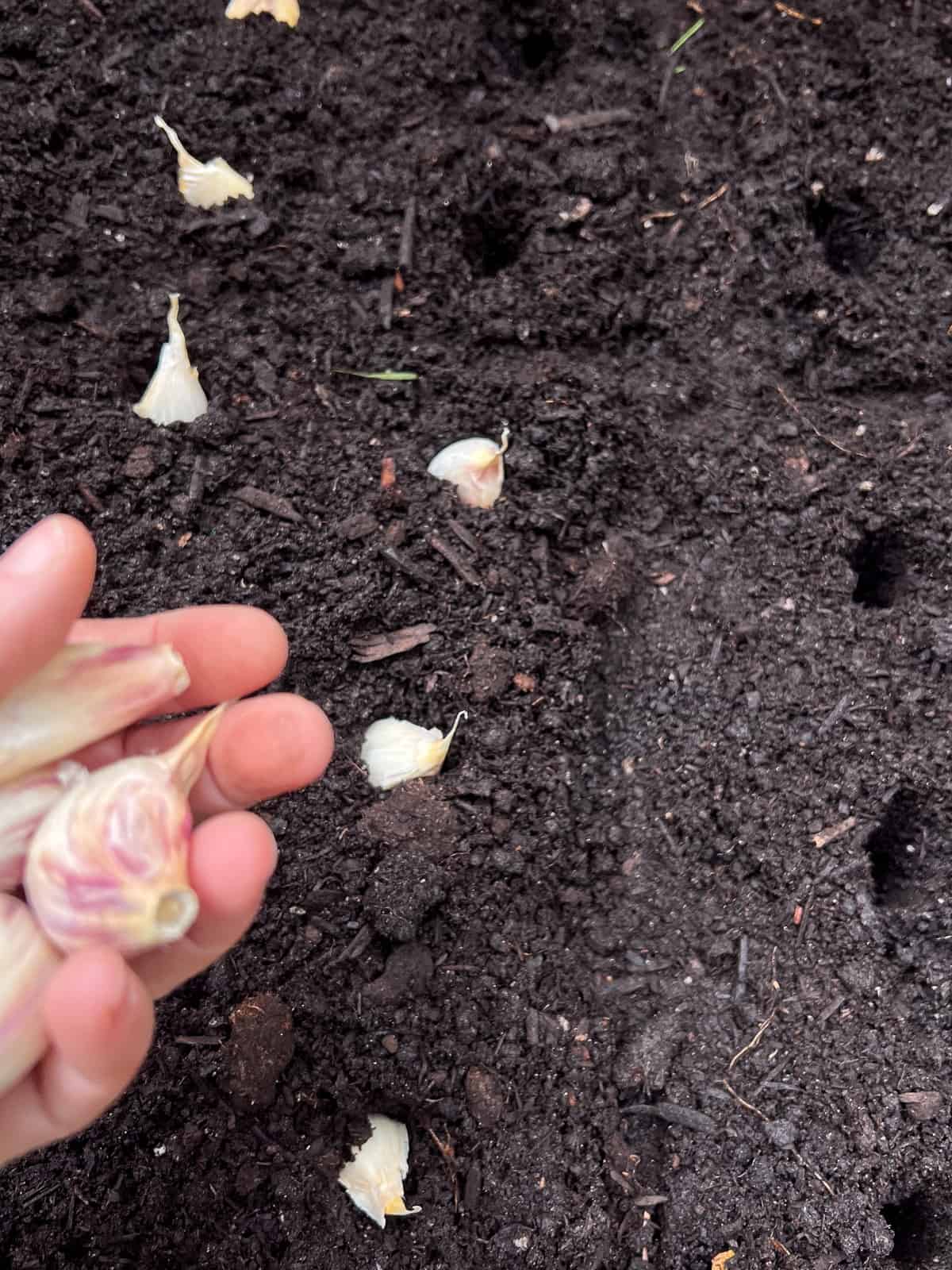
Marking out the plant spacing in advance, according to the SFG spacing system, makes for easy and tidy planting.
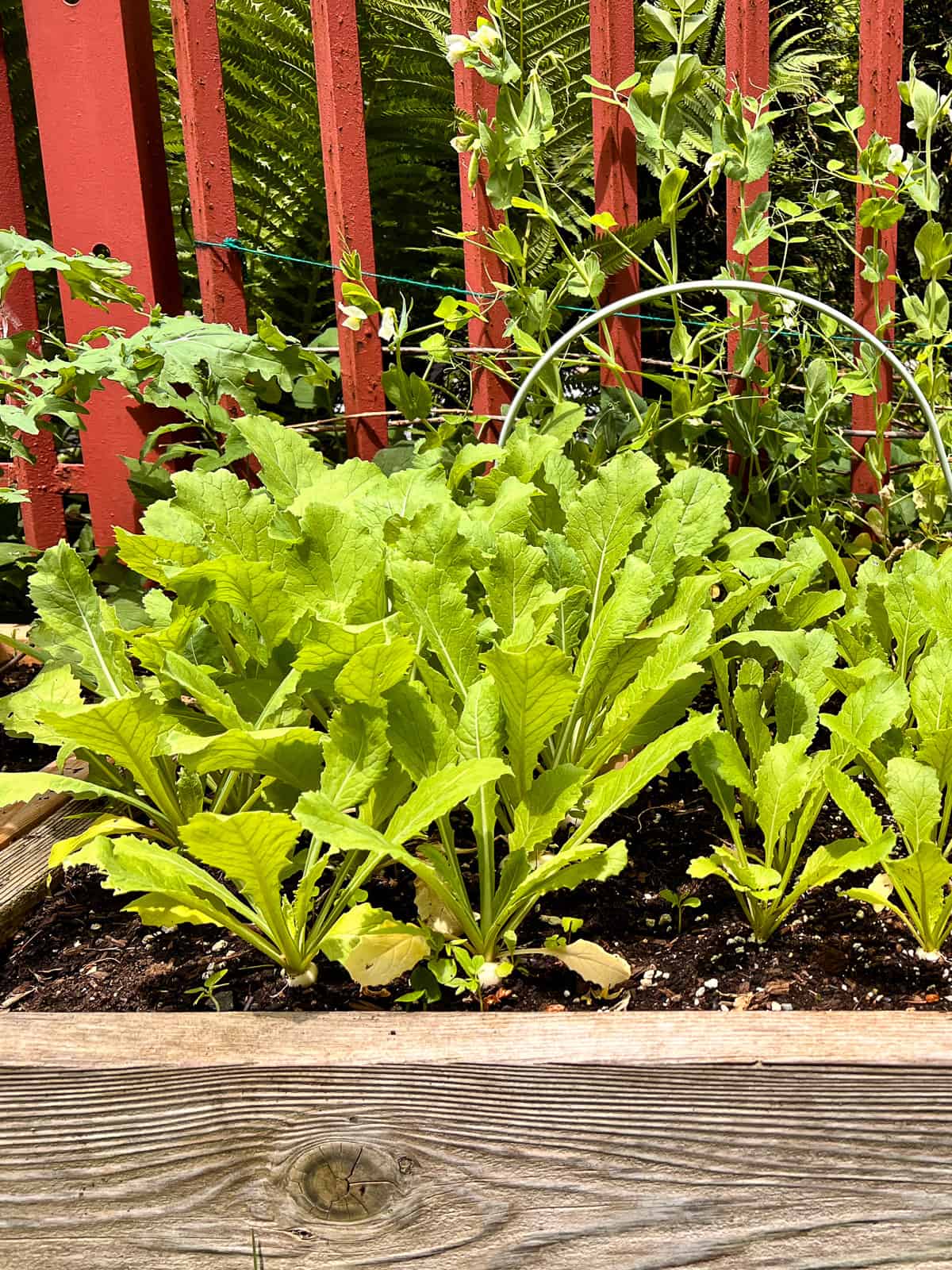
When the plants start to grow in, and leaves start to spread, things may appear crowded from above.
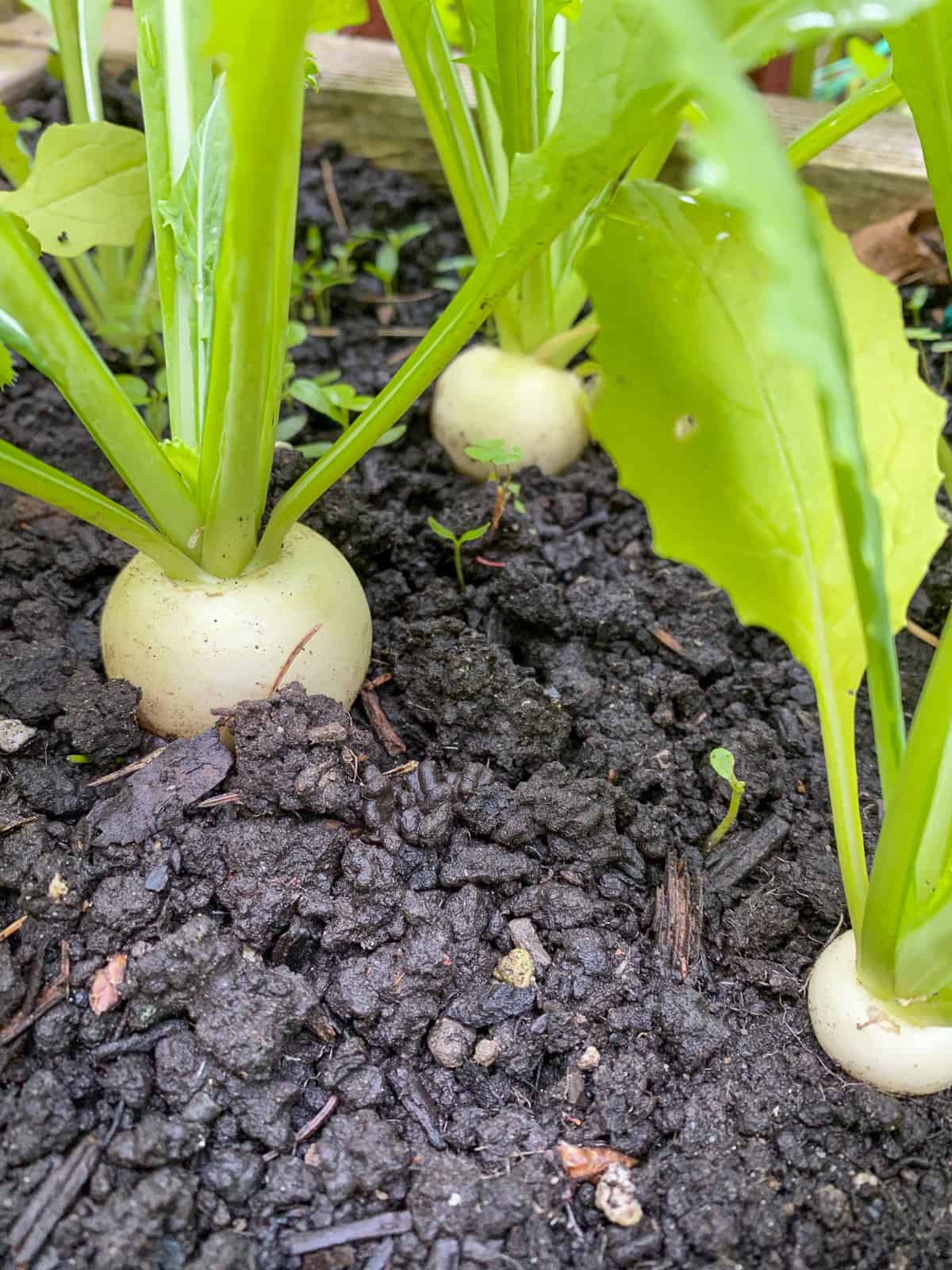
When viewed at soil level, there is more than enough room for your plants to grow and mature.
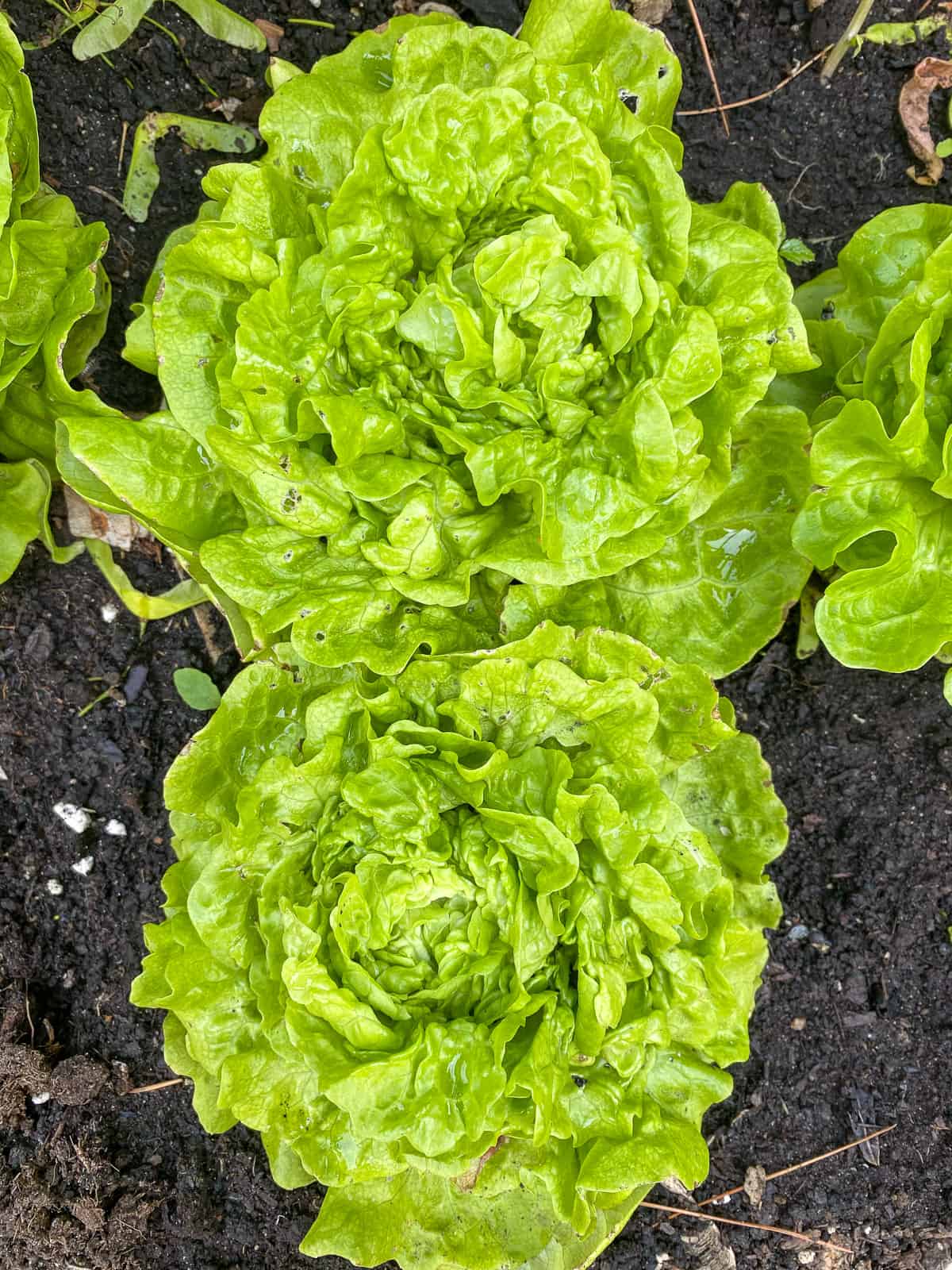
Things might start to look a little cozy leading up to harvest time.
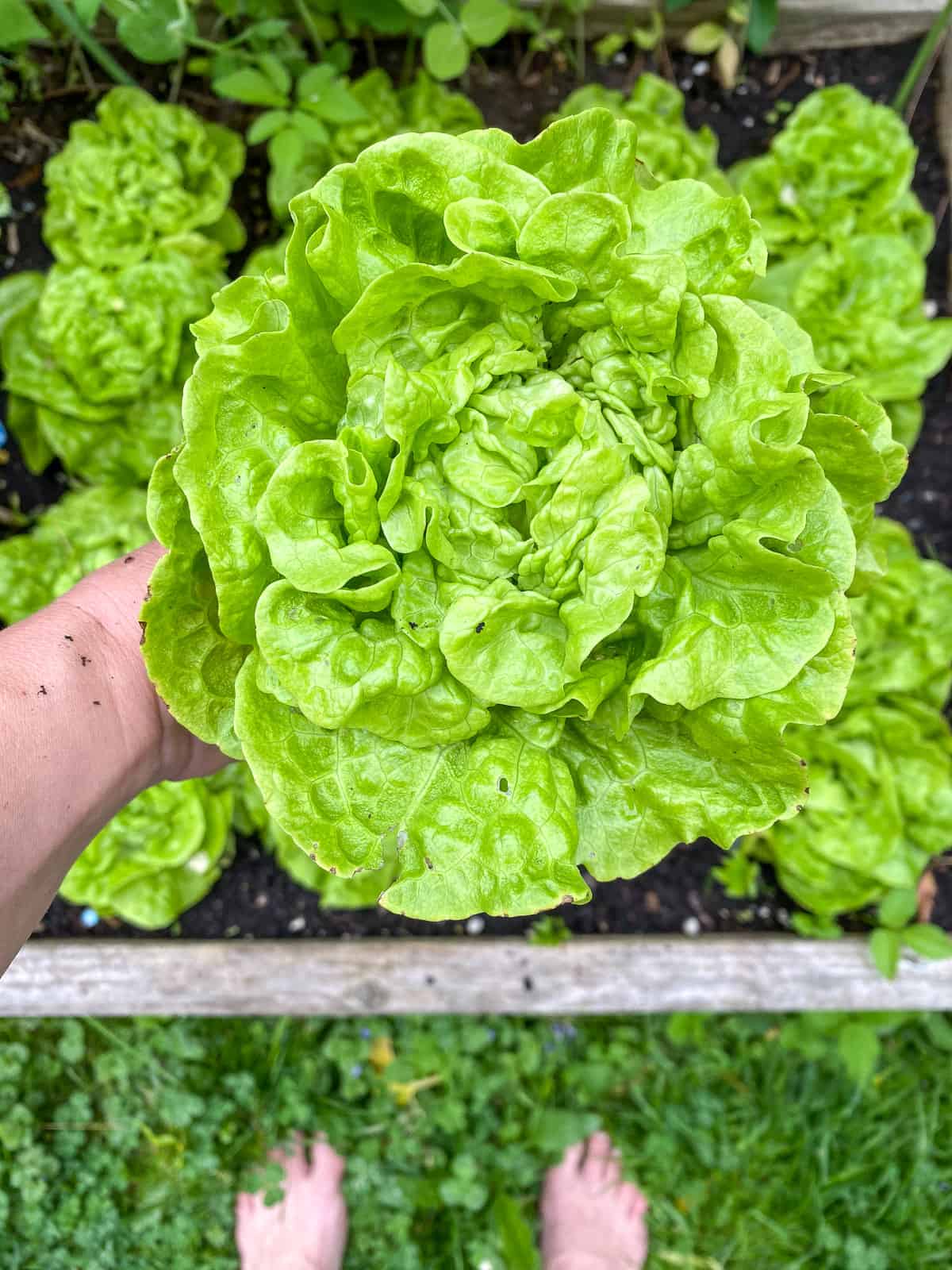
It never ceases to amaze me how much a single square foot can provide!
A note about seeds and plant spacing
As you start or continue your journey growing things you will find endless options to consider when starting from seeds or seedlings in your Square Foot Garden. If you choose to grow your own seedlings from seed, by directly planting them into your raised beds or containers, note that the instructions on most seeds packets correspond to growing in rows as per the traditional method. If you are planting seeds according to Square Foot Gardening methods, use the spacing for SFG, not what is suggested on the packet.
Interested in reading more about
Square Foot Gardening?
Read more in my Square Foot Gardening series:
Favourite resources
[Note: any of the methods, organizations, products, or companies mentioned in this post solely reflect my own personal preferences.]
Growing Things - Check out my ongoing series of posts detailing my journey into square foot gardening, and some of the herbs, fruits, and vegetables that I have grown.
Square Foot Gardening Foundation - Find out more about the method from the originators of this urban friendly and social justice oriented growing practice.
Seeds and seedlings
Farmacie Isolde - I adore this small scale seed vendor as much for the pleasure of reading their seed and plant descriptions as for the truly interesting and successful harvests I have been rewarded with from using their seeds. Favourite plantings in the past have included Golden Sweet Snow Pea, Romanesco Zucchini, Bear Necessities Kale, Cilician Parsley, and numerous unusual herbs.
Richters - If you love herbs, this place has the motherload. If you are ever in the neighbourhood or fancy a drive in the country, is it more than worth it to walk through their greenhouse and become acquainted with hundreds of types of herbs, many that you may have never even heard of. Their catalogue contains a huge range of herbal and medicinal seeds, as well as a selection of interesting vegetables and fruit seeds. They also sell plant starts which I have yet to try.
Urban Harvest - This local vendor carries organic seeds for vegetable gardening essentials and also produces plant starts in the spring.
West Coast Seeds - This Canadian vendor supplies a huge range of organic and heirloom seeds, as well as handy planting charts for zones across Canada. I look to this source for regular repeat plantings and new and interesting varieties to try each year. Favourite plantings in the past have included Masai Bush Beans, Mini Purple Daikon, Hakurei Turnip, Ethiopian Kale, and numerous other varieties.
Wheelbarrow Farm - An an organic vegetable farm in Ontario that sells fantastic organic seedlings each spring, directly from their farm and at various locations in and around the Toronto area.
Soil
Pure Life Soil - This soil vender in the GTA region (formerly Pagonis Soil) is where I have sourced my high quality organic soil mix since the beginning of my gardening journey. This soil was recommended to me by other growers when I got started, and I'm still using this soil regularly 9 years later and counting. If you aren't in the GTA area, you can still check out their soil mixes as a guide to searching for something similar in your region.
Working with Pure Life Soil has helped me to understand that healthy soil isn't just dirt—it's a thriving community of helpful microbes, fungi, and worms that work together to feed plants naturally and improve soil biology. I'm proud to use Pure Life Soil and be part of the growing movement that sees soil health as the foundation for better gardens, farms, and a healthier planet.
Community
Farmers Markets - A wonderful source of seedlings or plant starts for gardeners in the spring and summer. I’ve learned quite a bit about various crops and have been inspired to grow new varieties by chatting with farmers at my local market, one of over 180 across Ontario.
Toronto Urban Growers - a community oriented organization that supports the efforts of urban food farmers at whatever scale. They hold information events, showcases and local growing competitions which are fun to view and enter. Your town or city likely has a similar organization nearby.
Seed Saver organizations - there are dozens of grass roots seed saving organizations around the world where you can find, exchange, or donate heirloom seeds. Use this list as a starting point or simple google 'seed savers + your country of residence' to see what is available in your region.
Seeds of Diversity - This Canadian organization dedicated to the protection and preservation of heirloom and endangered food crops is a wonderful source of information for gardeners. They they also organize ‘Seedy Saturdays’, a series of events that facilitate seed swapping between home growers.
Wherever you live, seed swaps are a great place to get and give seeds for free, making it easier to diversify your crops, keep heirloom varieties alive, give back to your local growing communities, and make use of extra seeds so that they don’t go to waste. This organization also produces handy resources and information about saving seeds from your own garden.
Curious to learn more about growing things?
Read more about edible plants that you might enjoy in your garden:

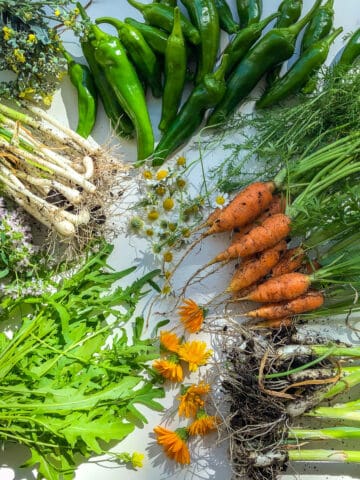
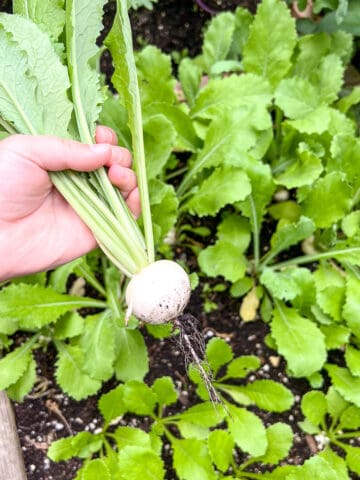
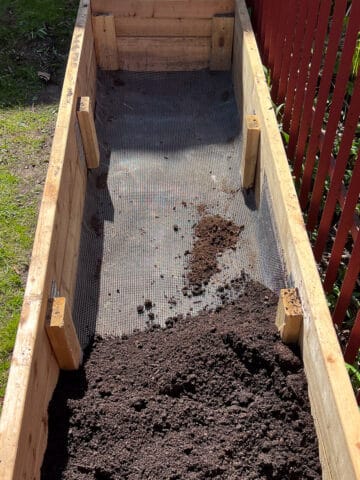
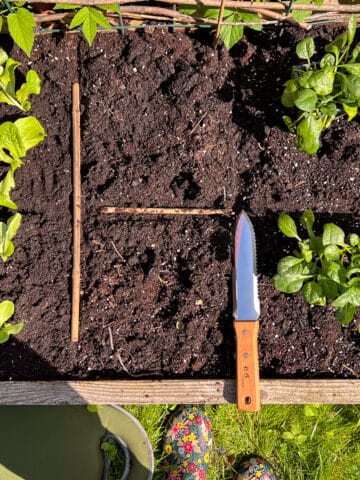
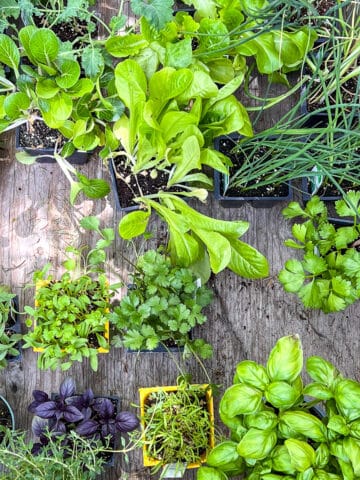
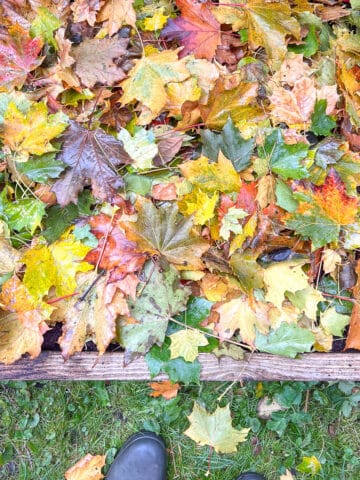
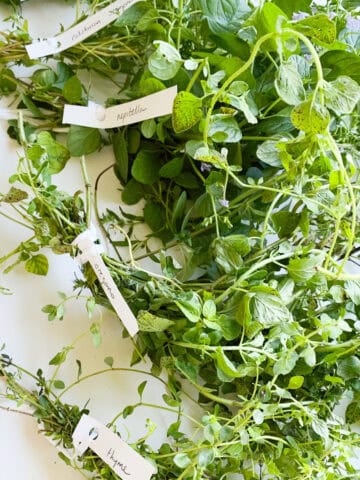
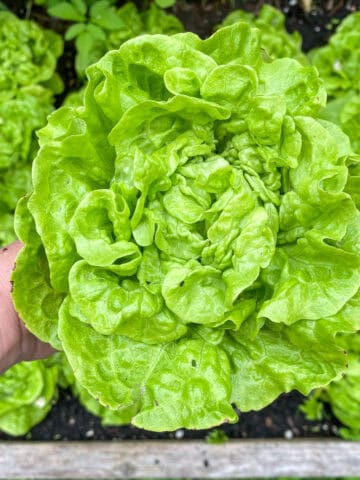
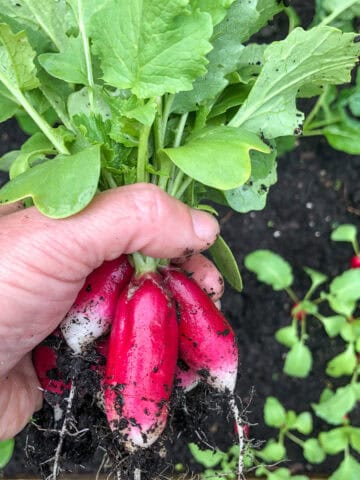
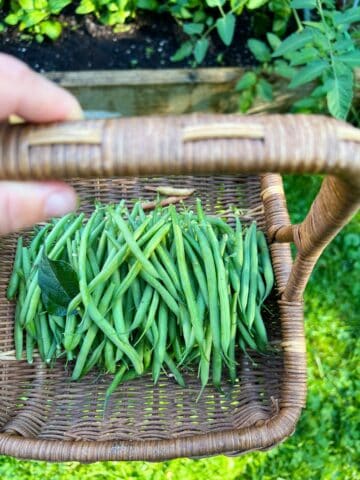
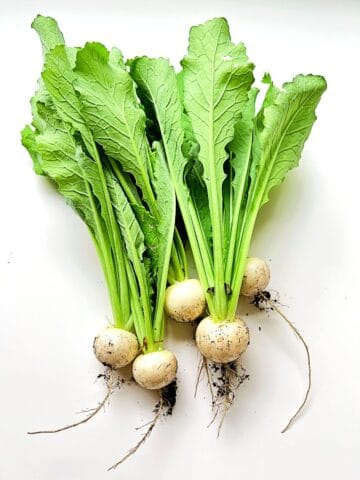

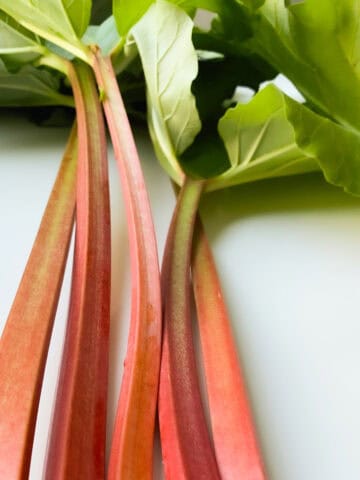
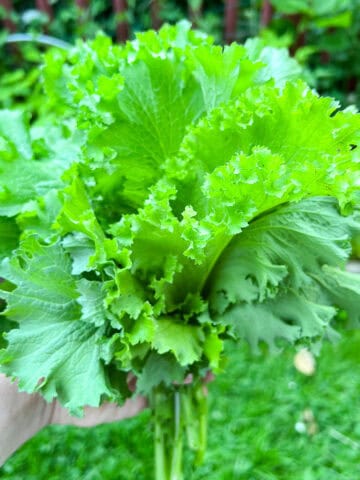
Leave a Reply